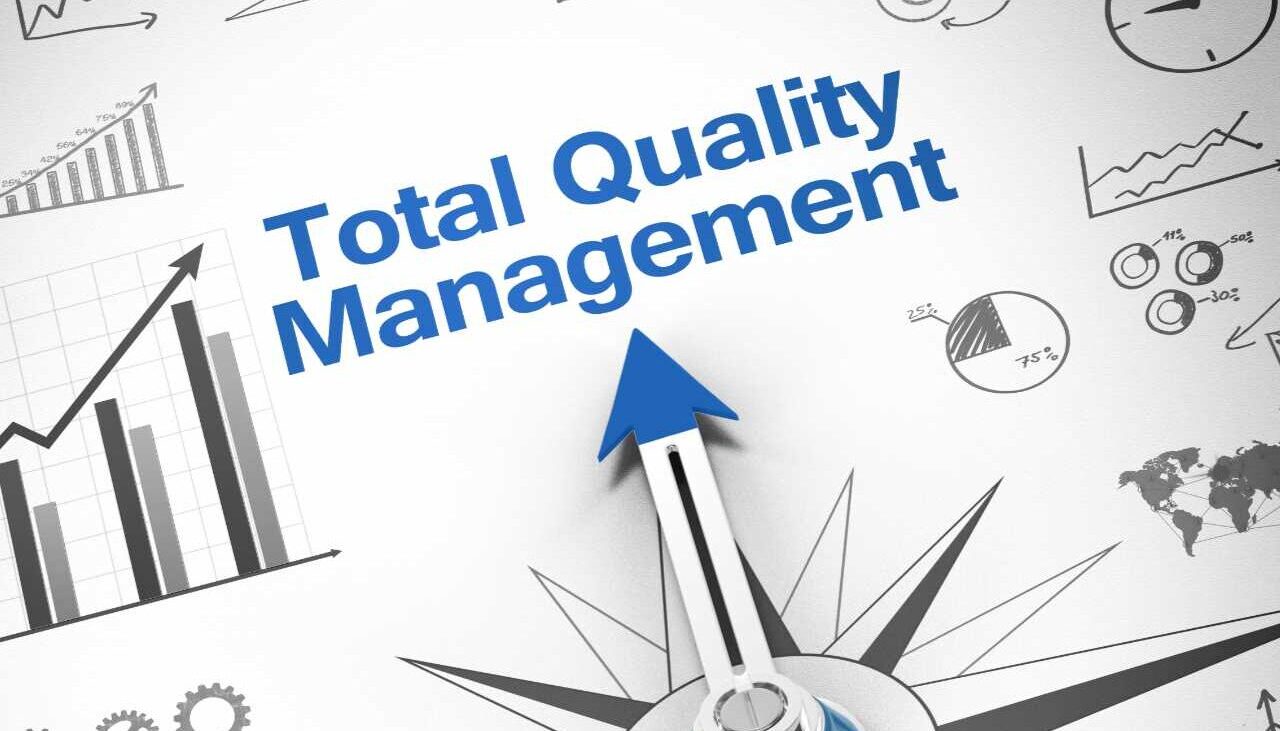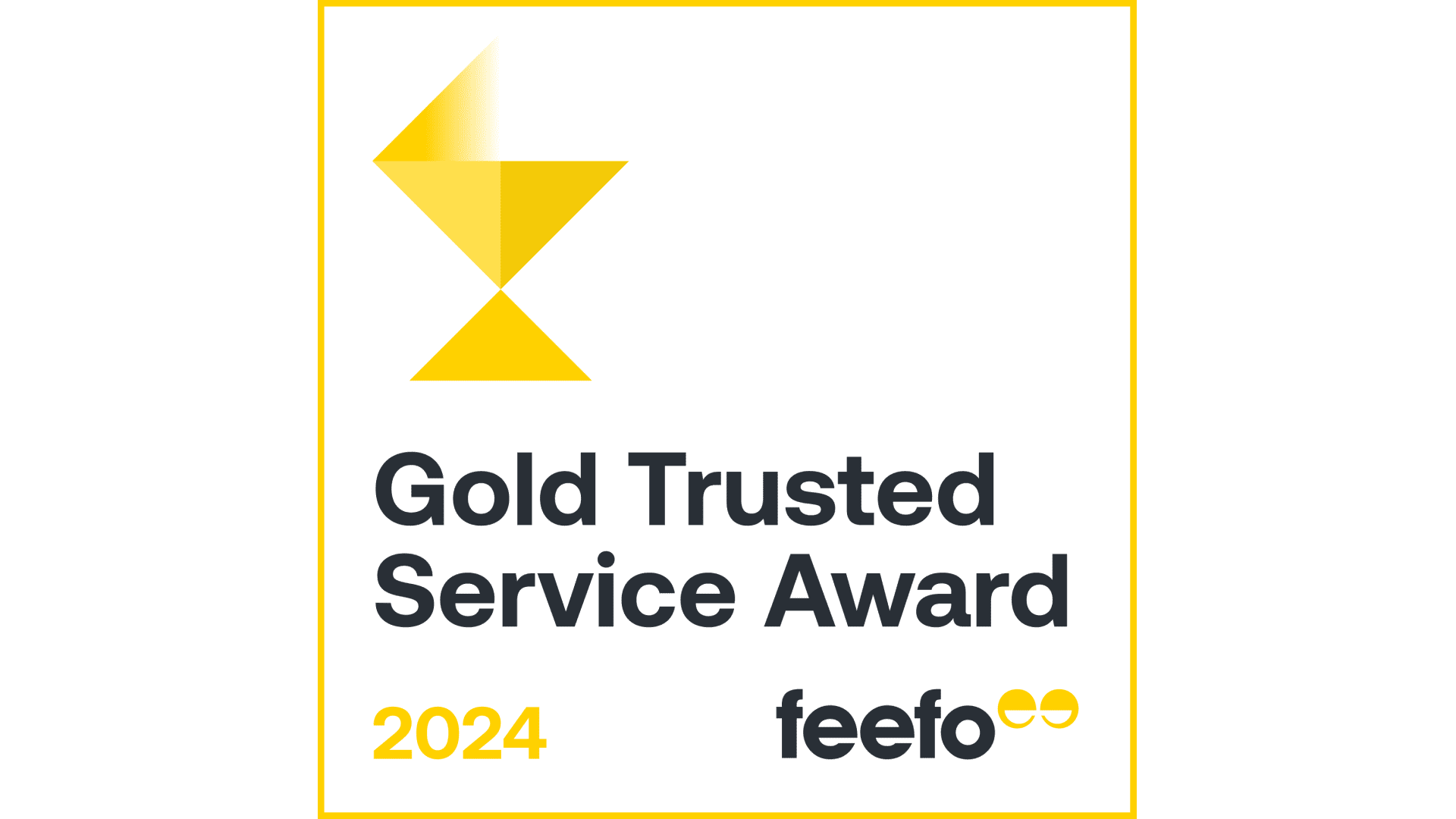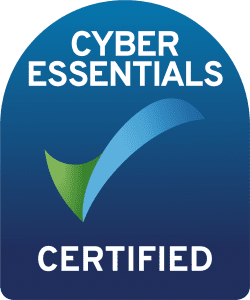As an organisation, your chance of success is significantly increased if your customers are satisfied with your products, services, processes and procedures. By measuring customer satisfaction through customer feedback, you can improve your quality management systems and increase customer loyalty.
Customer satisfaction is key to your business’s quality management system (QMS), and ISO 9001 certification ensures that your QMS delivers consistent, good-quality products and services that keep customers happy.
Maintaining excellent customer satisfaction benefits your business in many ways, including:
- Improves reputation
- Increases customer loyalty
- Increases customer value
- Boosts sales and revenue
- Increases customer base
Why customer feedback is important
Customer feedback is the opinion and information customers provide about their experience with an organisation, its products and services.
Acquiring customer feedback is one of the best ways for your organisation to measure customer satisfaction. The feedback can give you insights into how the products, processes and services your business provides is received by customers.
From this, your business can make customer-centric decisions which can:
- improve processes
- improve products and services
- build excellent customer relations
Customer feedback can be collected in several ways – from a simple rating of a product or service to asking customers to take part in a survey to share a more detailed review of the service they have received.

How can ISO 9001 help boost customer satisfaction?
ISO 9001 is an internationally recognised standard that helps businesses ensure that they constantly meet or exceed the expectations of their customers and was created by the International Organization for Standardization.
Regularly monitoring customer feedback as part of a quality management system, whether through surveys, interviews, or other customer outreach, is essential to overall quality assurance. By paying close attention to what your customers want and need, you can help improve their satisfaction with your product or service.
Within ISO 9001, Clause 9.1.2 requires that an organisation monitors customer perceptions to determine how far their needs and expectations have been fulfilled. To achieve this, organisations must define the methods for obtaining, monitoring and using customer feedback.
Read our guide to the eight principles of ISO 9001.

Measuring customer satisfaction
Organisations can use several methods to measure customer satisfaction, including:
Customer surveys
Customer surveys are an effective way to gather customer feedback. Formal surveys provide data that can identify areas to focus on and drive quality management improvements.
A survey allows you to ask specific questions in various formats, including multiple-choice, open-end questions and rating scales. The key to getting accurate customer feedback is to frame the questions asked in a way that will get you the most relevant data.
Customer survey pros:
- You can get feedback quickly
- You can reach multiple customers at the same time
- You get to know your customers’ views
- You can identify areas for improvement
Customer survey cons:
- Customers can be reluctant to fill out surveys, leading to inaccurate results
- There can be confusion over the good or bad ratings on rating scales
Survey ideas to measure customer satisfaction include:
Customer satisfaction (CSAT) surveys – this survey measures customers’ satisfaction with specific aspects of your business. They include questions such as, ‘on a scale of 1 to 5, how would you rate the quality of the product?’.
Customer service surveys – after your team deals with customer complaints, you could send customer service surveys that include questions such as ‘on a scale of 1 to 10, how happy are you with your interaction today?’.
Customer effort score (CES) surveys – this type of survey helps you determine how happy customers are to use your services and processes. CES surveys include questions like ‘how easy was it to navigate our website and find the product you were looking for?’.
Focus groups
Customers make up focus groups to provide feedback on their experience with the company. A moderator often leads a focus group of around 5-8 people.
This qualitative research method provides insights into how customers think but also suggests why customers think that way.
Pros of focus groups:
- You hear feedback firsthand
- Potential for detailed feedback
- Flexible on the questions you can ask
- Can provide unexpected insights into products and services
Cons of focus groups:
- Can be challenging to identify and recruit the right participants
- Potential costs of finding participants and renting office space/meeting rooms.
Set your goals beforehand to ensure you get the most out of hosting focus groups. Consider what you want to learn and what you aim to do with the research.
Customer complaints
Managing customer complaints effectively can help identify areas to focus on to improve your business’s products and services.
A successful customer complaints system should follow some essential steps such as:
- Receive complaints openly; don’t contest them
- Collect and record complaints
- Recognise the customer by sending them an email or calling them
- Assess the complaint
- Resolve the complaint
- Respond to the customer
- Record the outcome
- Regularly monitor complaints
An effective customer complaints system can increase customer loyalty, even if customers have experienced issues.
Customers can also feel valued if your business takes the time to listen and resolve their complaints.
Customer feedback on product returns
Returns are often costly for retailers and a hassle for customers, but collecting data from product returns can help you measure customer satisfaction and improve your returns service.
A quick and easy returns process can see customers more likely to purchase your products in the future. It’s therefore essential to collect feedback to help drive quality management improvements.
When a customer returns a product, look to gain feedback such as:
- The reasons for returning the product
- Satisfaction with your returns process
- Satisfaction with the returns policy
To gain feedback on product returns, you could also create a survey with questions regarding their reasons for returning the product, how they found your returns process and policy.
Read more on how ISO 9001 certification can benefit your business’ QMS.









